EDIBLE GARDEN MENU
Growing your own organic food has many health benefits:
-
You know exactly what is in the food you feed your family.
-
You can have nutritionally superior and tastier produce at a fraction of the price of a supermarket.
-
Gardening is relaxing and stress-relieving, as well as great exercise.
-
Your children will learn where food really comes from.
Handy Harvesting Guide | Vegetables
Nothing tastes better than home-grown vegetables: from vege patch to plate
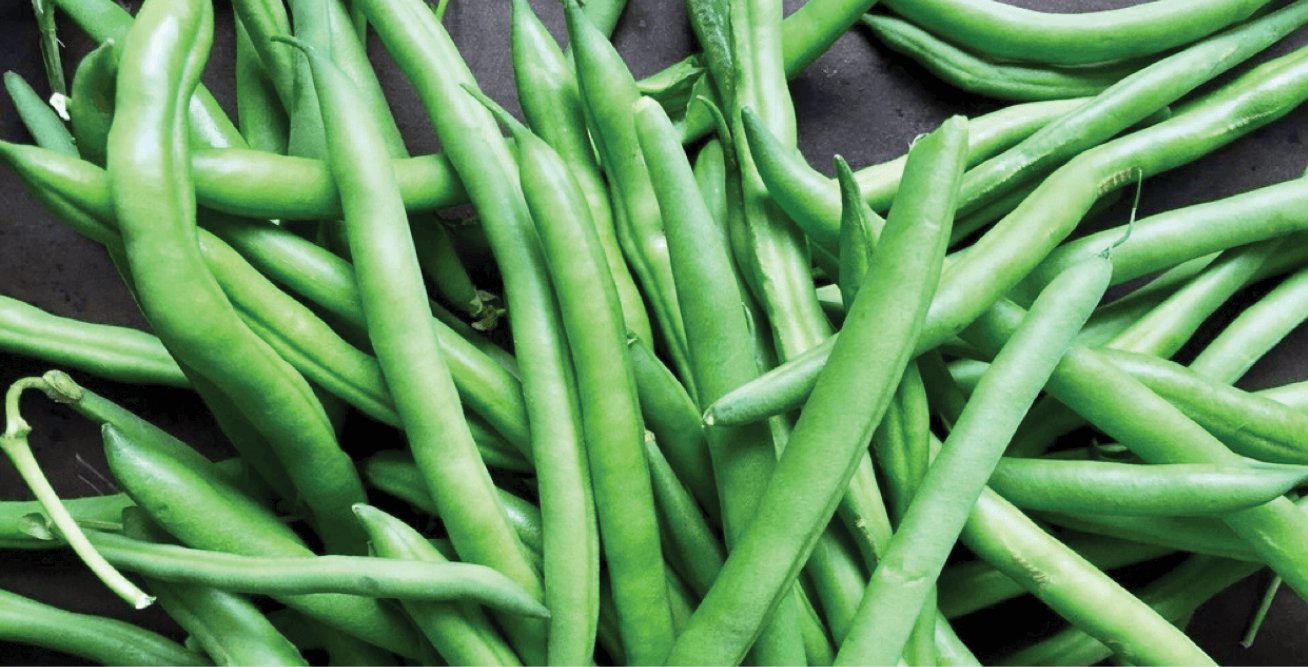
BEANS
SUMMER CROP
Royal Burgundy, Blue Lake (Bush), Provider (Bush Bean), Snake Beans, Aquadulce (Broad), Egyptian (Broad), Climbing/Runner Beans
We have many different varieties and plant them in mid-Spring to early Summer. Pick your beans when they reach 12-14cm in length. Regular picking encourages more new beans to grow.
WINTER CROP
Broad Beans
They prefer cooler temperatures and are best planted in Autumn. They should be picked when you can only just feel the beans inside them. If they are left to get too big they can become tough and lose their sweetness.
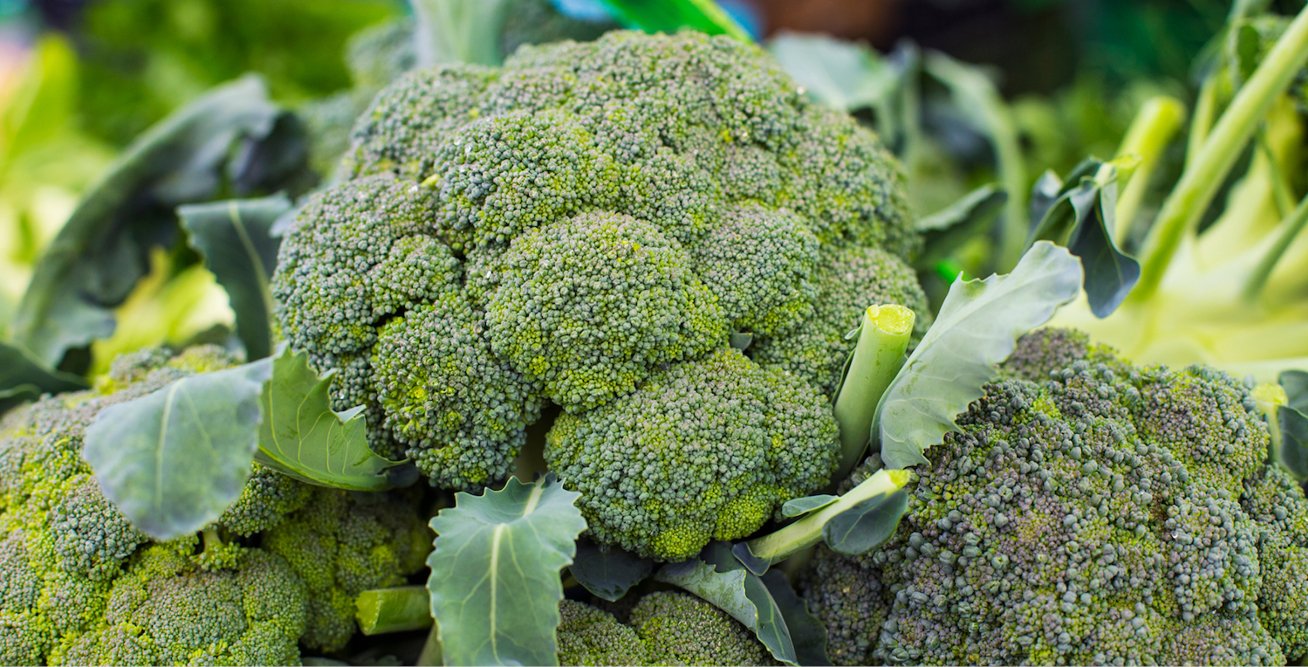
BROCCOLI
Belstar, Di Ciccio Broccoli is the king of our Winter crop.
We plant broccoli in Autumn and do not stagger the growth as broccoli can be preserved. It is good to remove the sprouting broccoli shoots for the first few weeks as this encourages more growth giving you thicker heads come harvest.
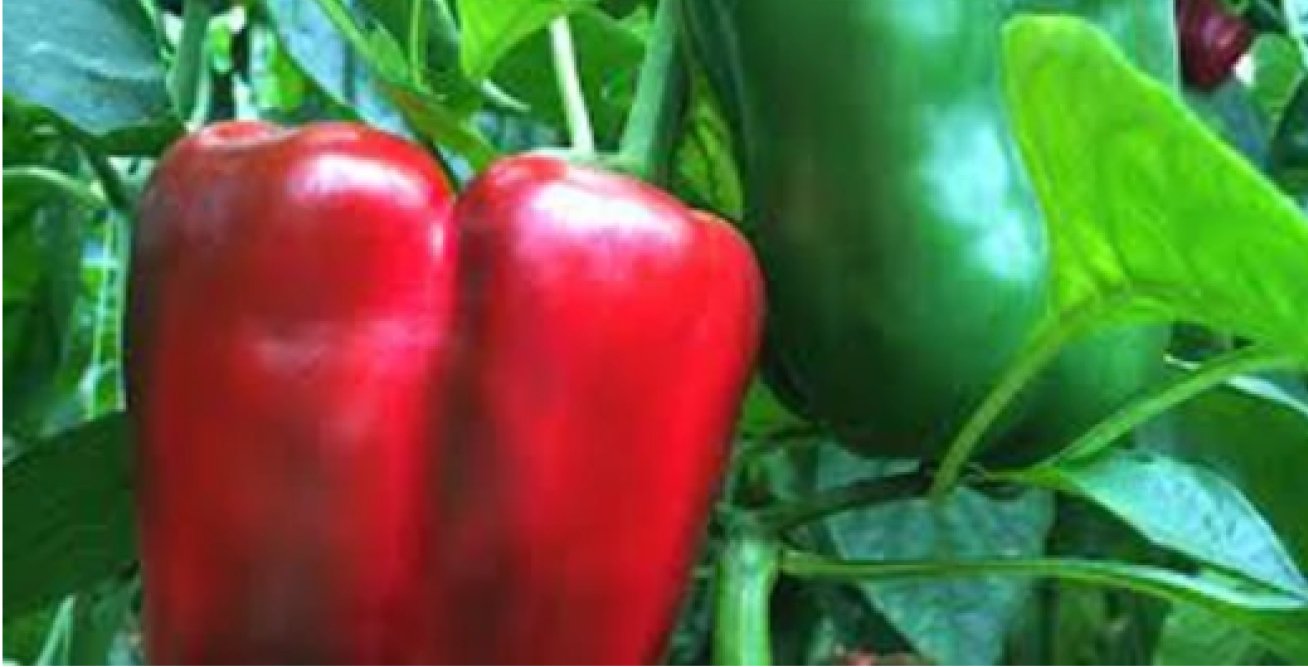
CAPSICUMS
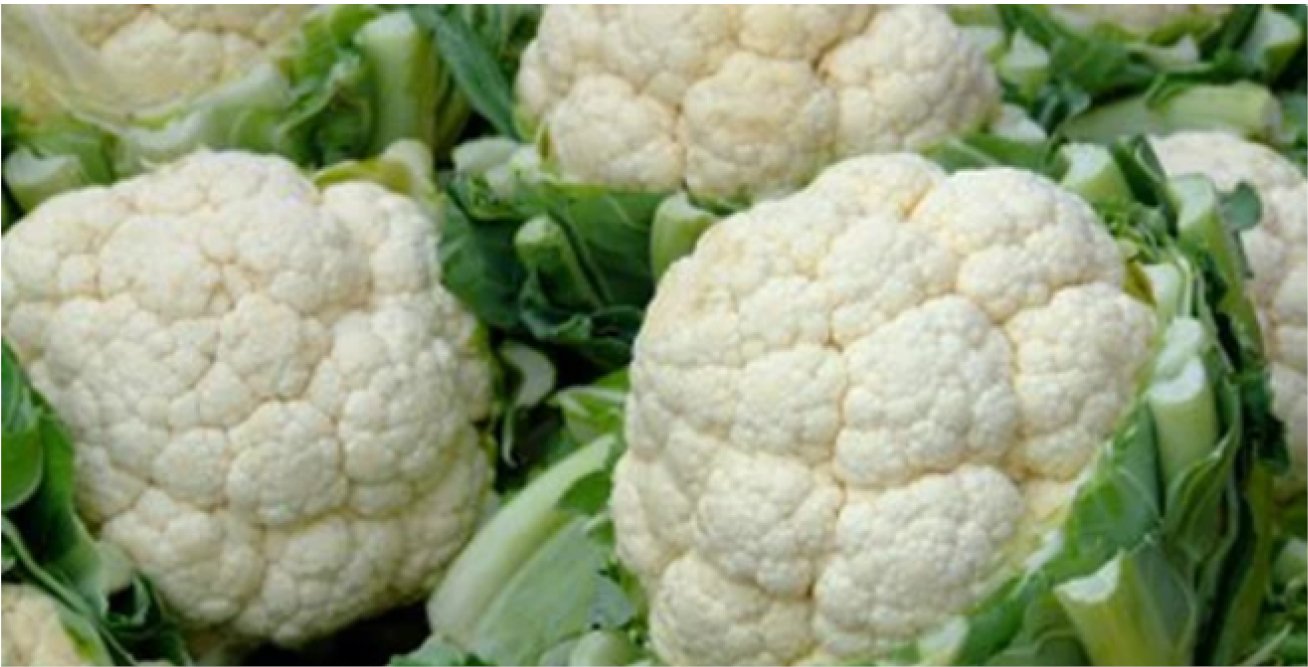
CAULIFLOWER
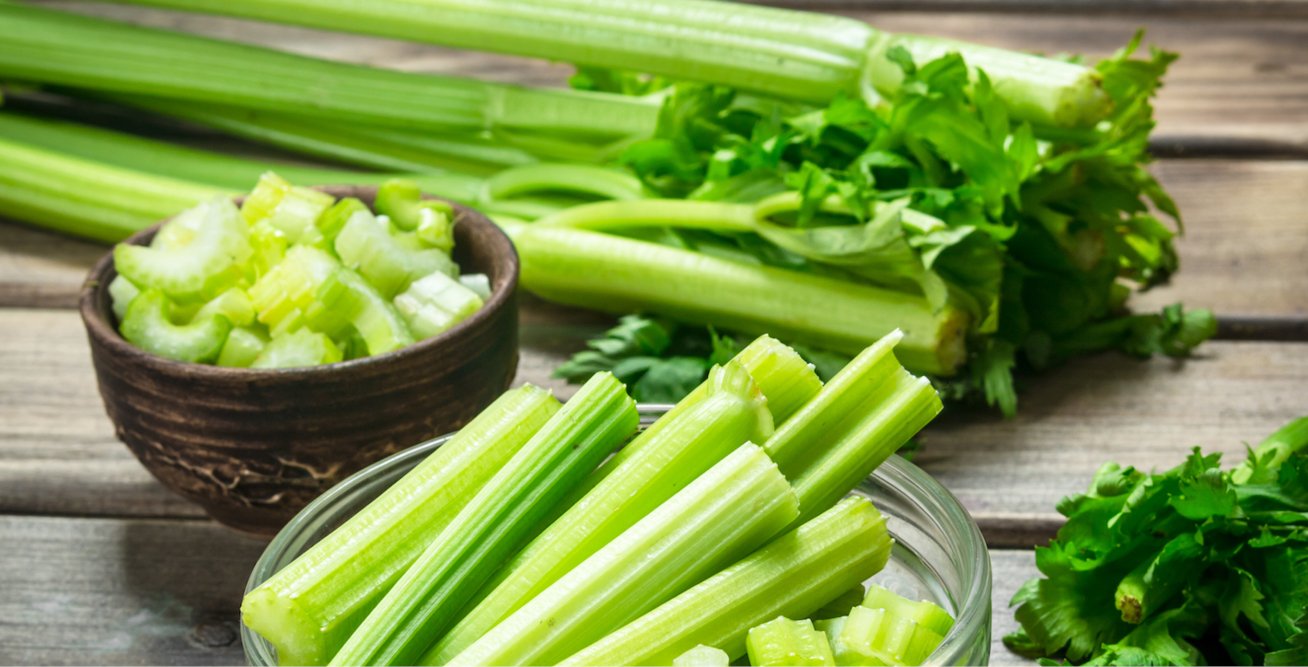
CELERY
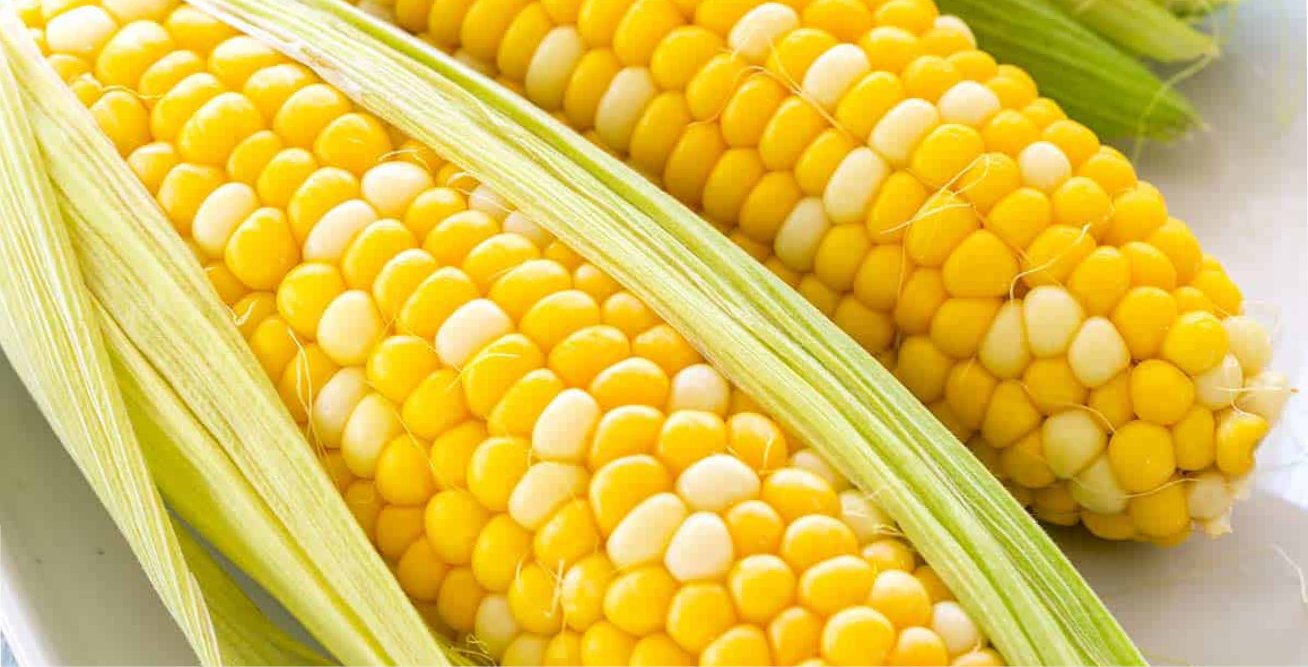
CORN
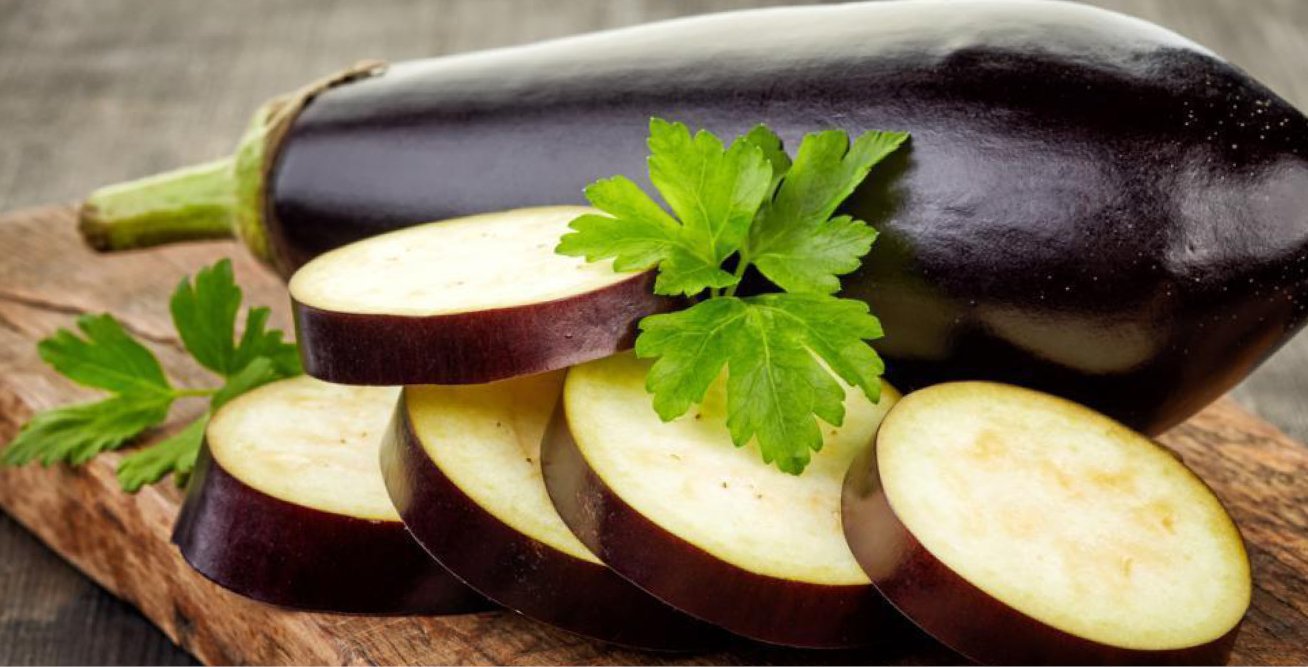
EGGPLANTS
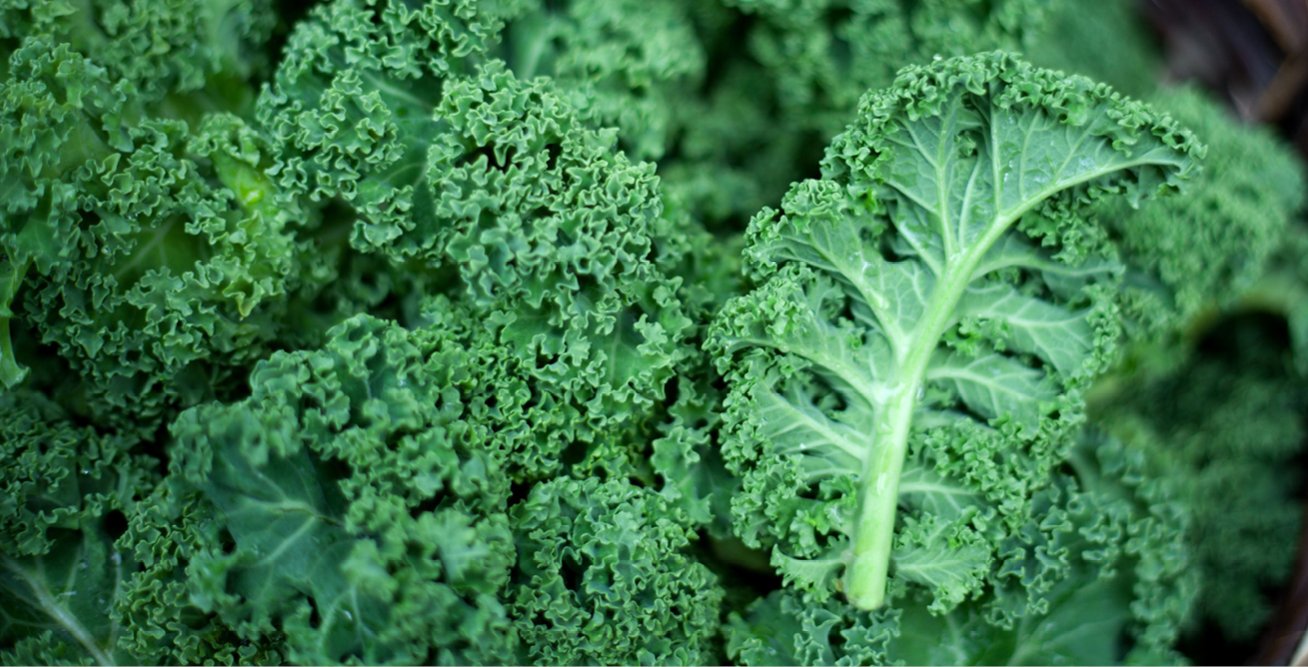
KALE
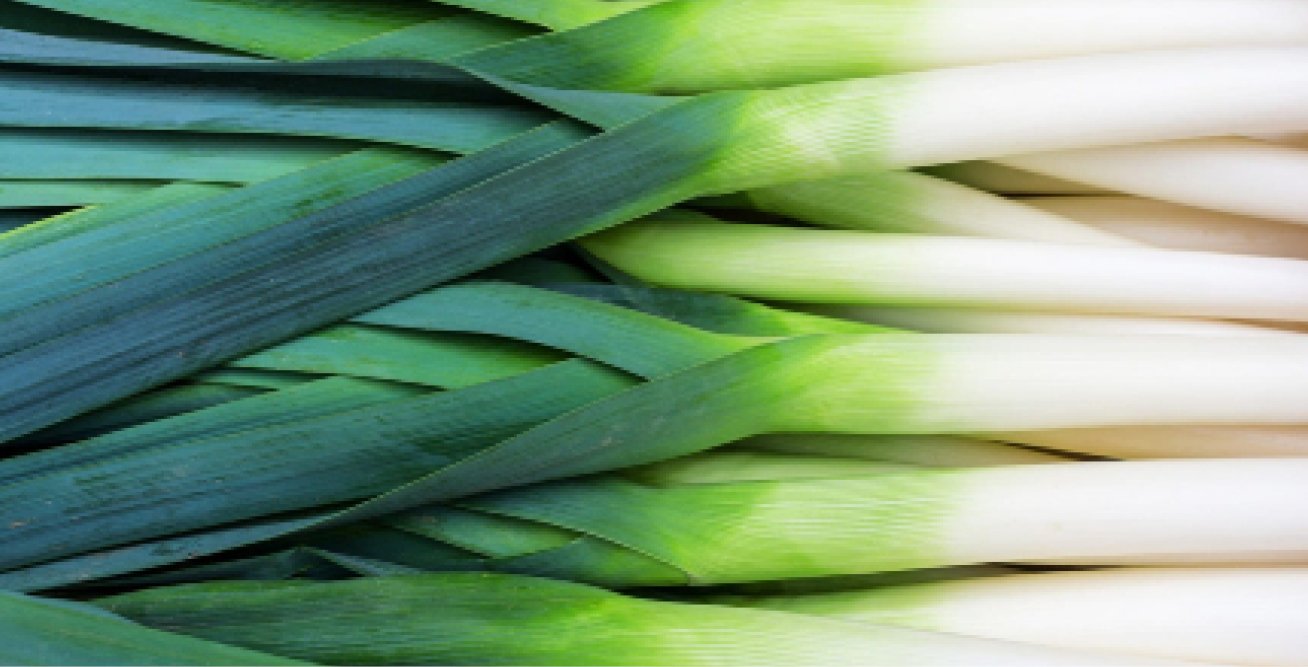
LEEKS
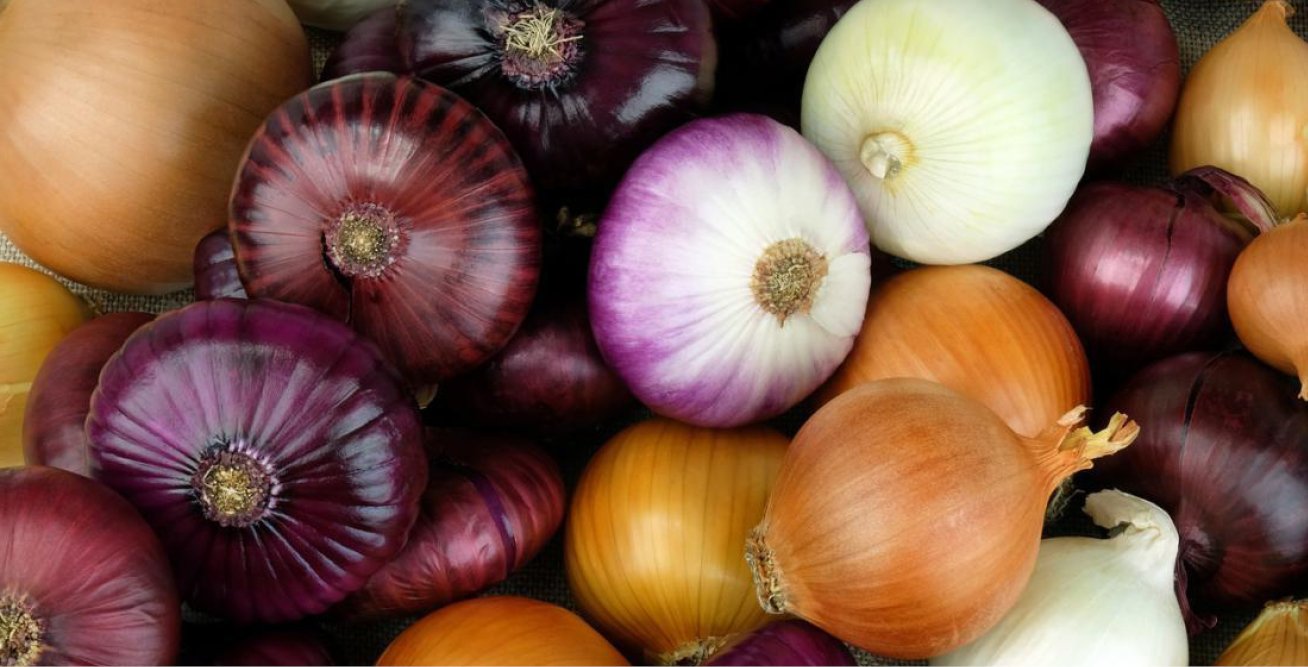
ONIONS
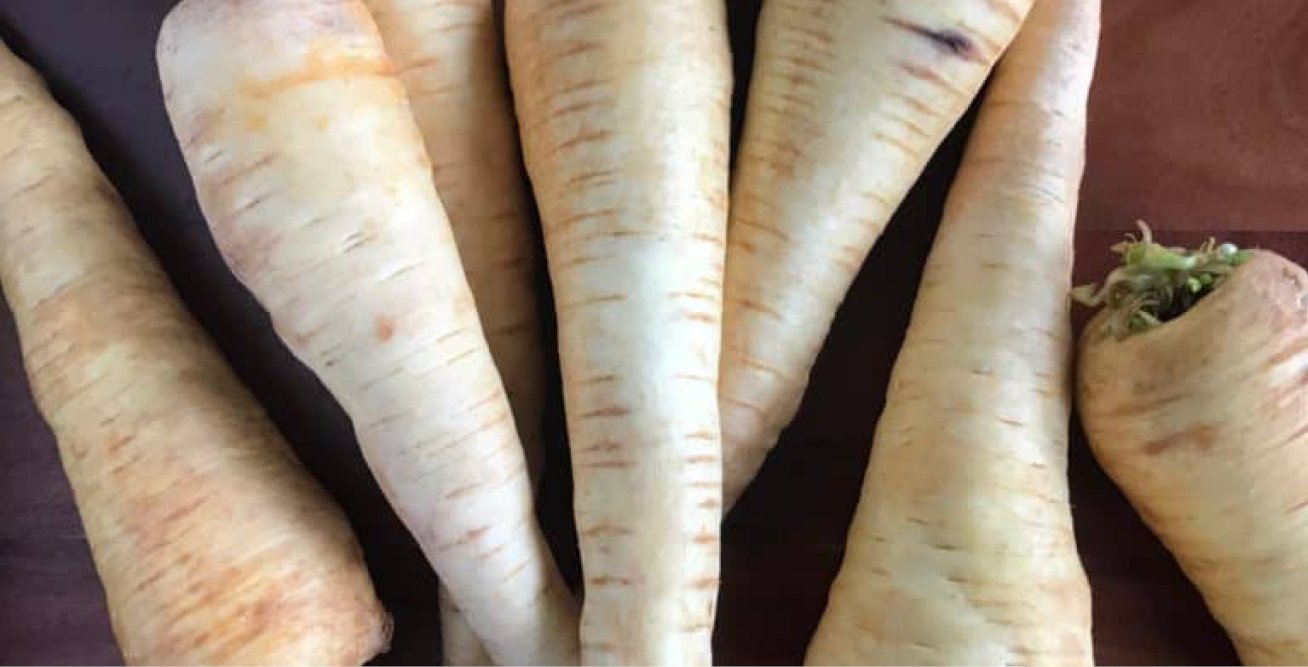
PARSNIP
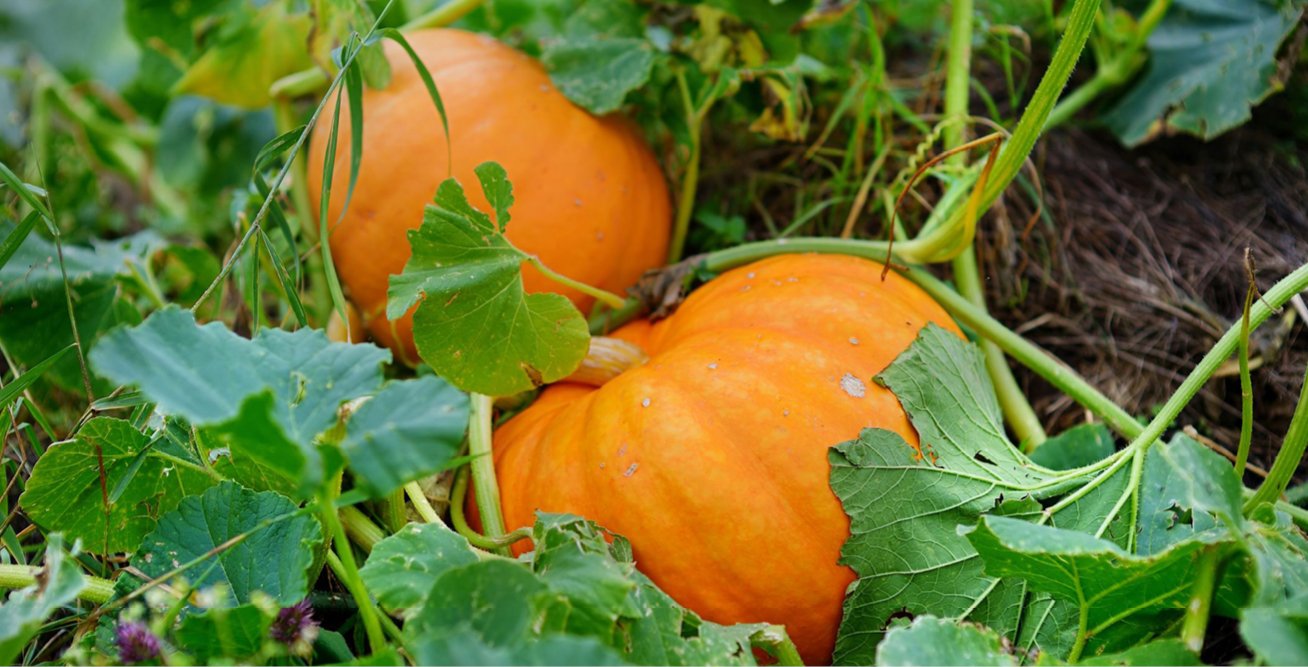
PUMPKIN
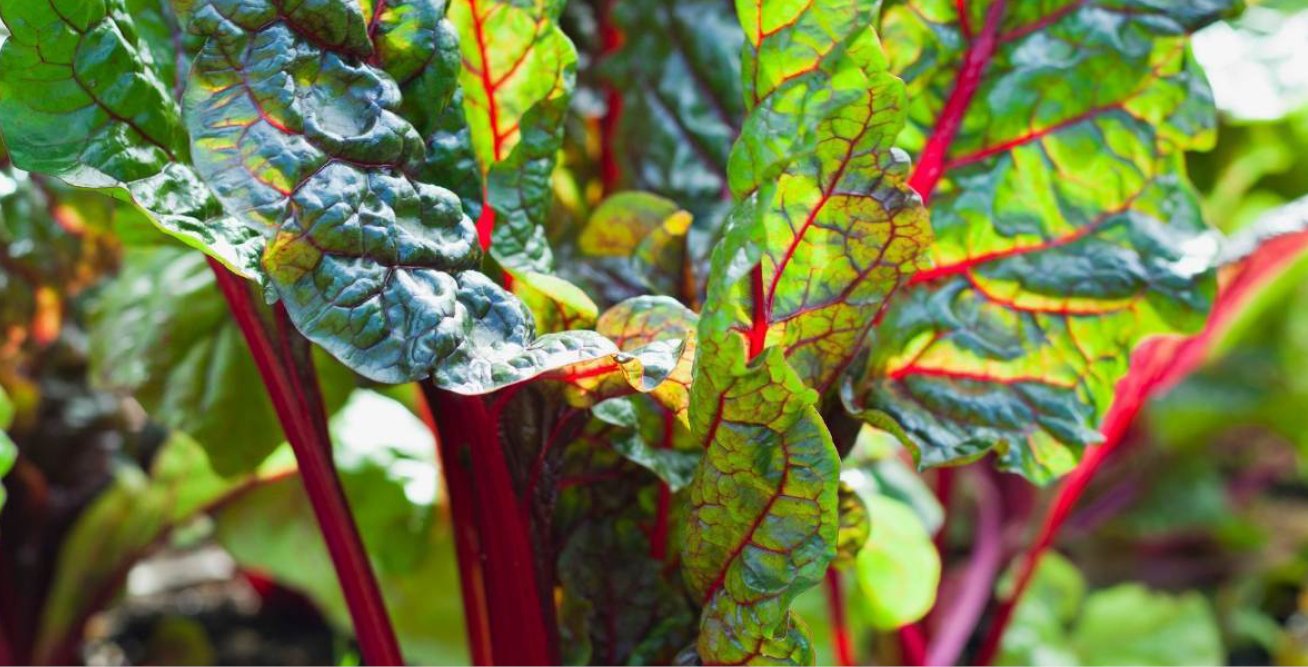
SILVERBEET
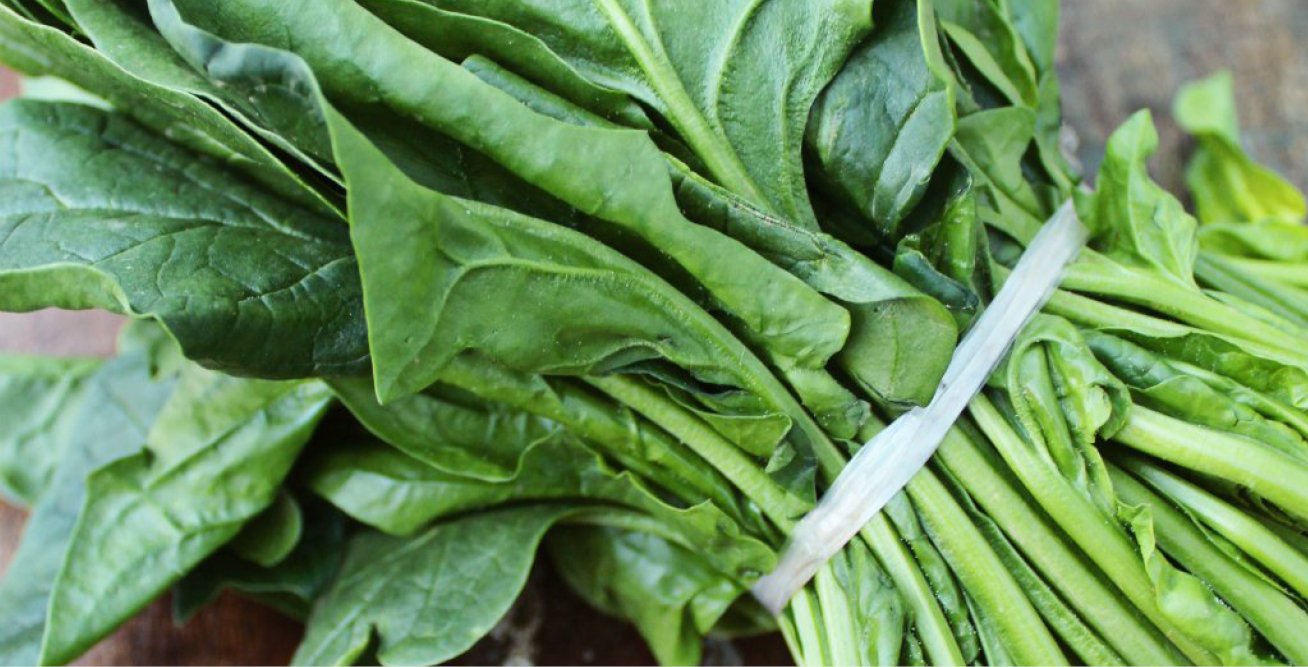
SPINACH
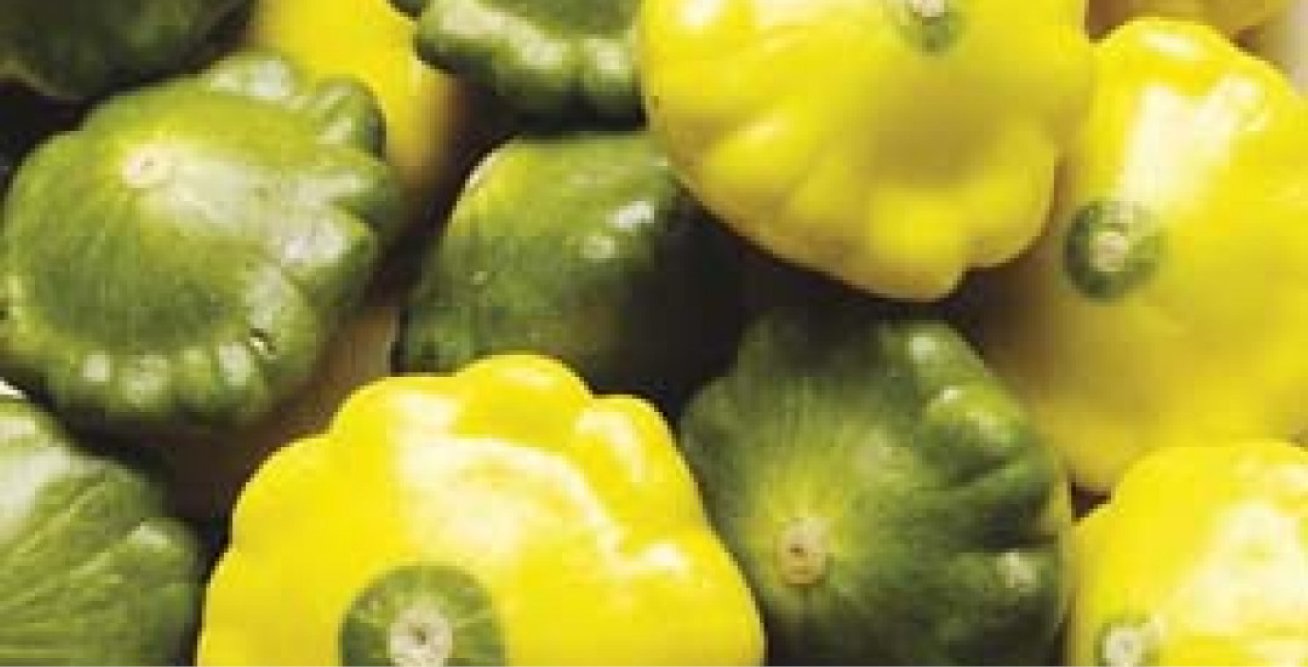
SQUASH
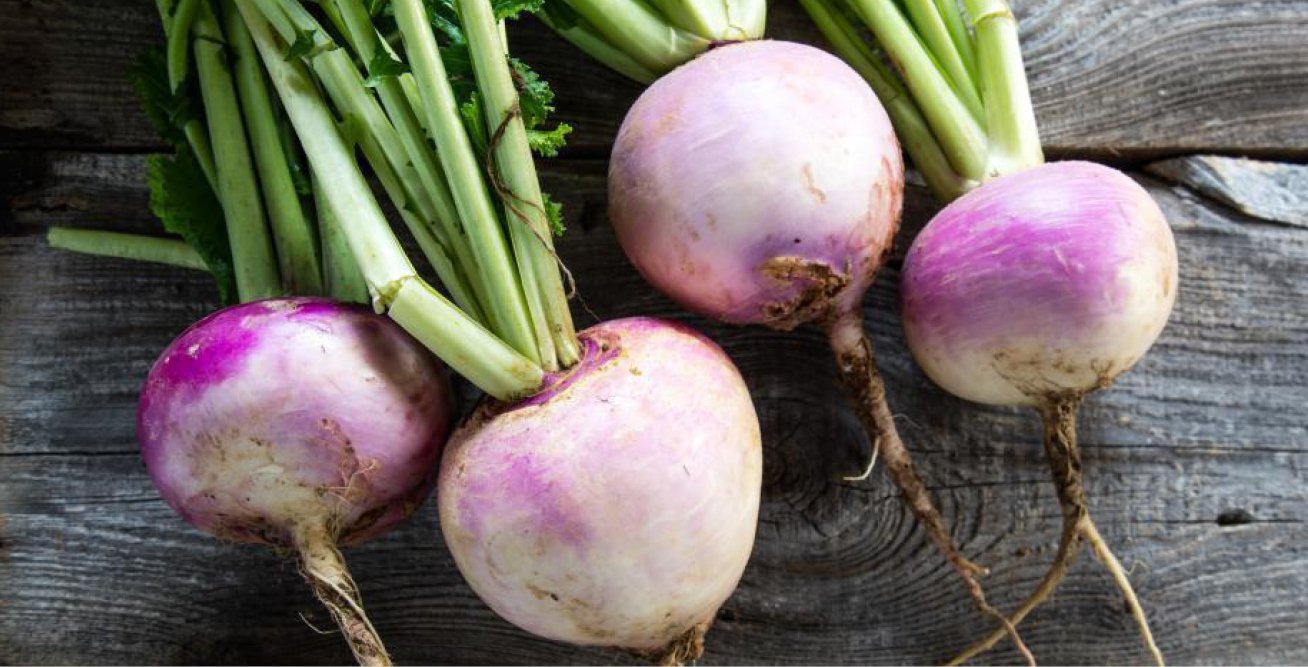
TURNIP
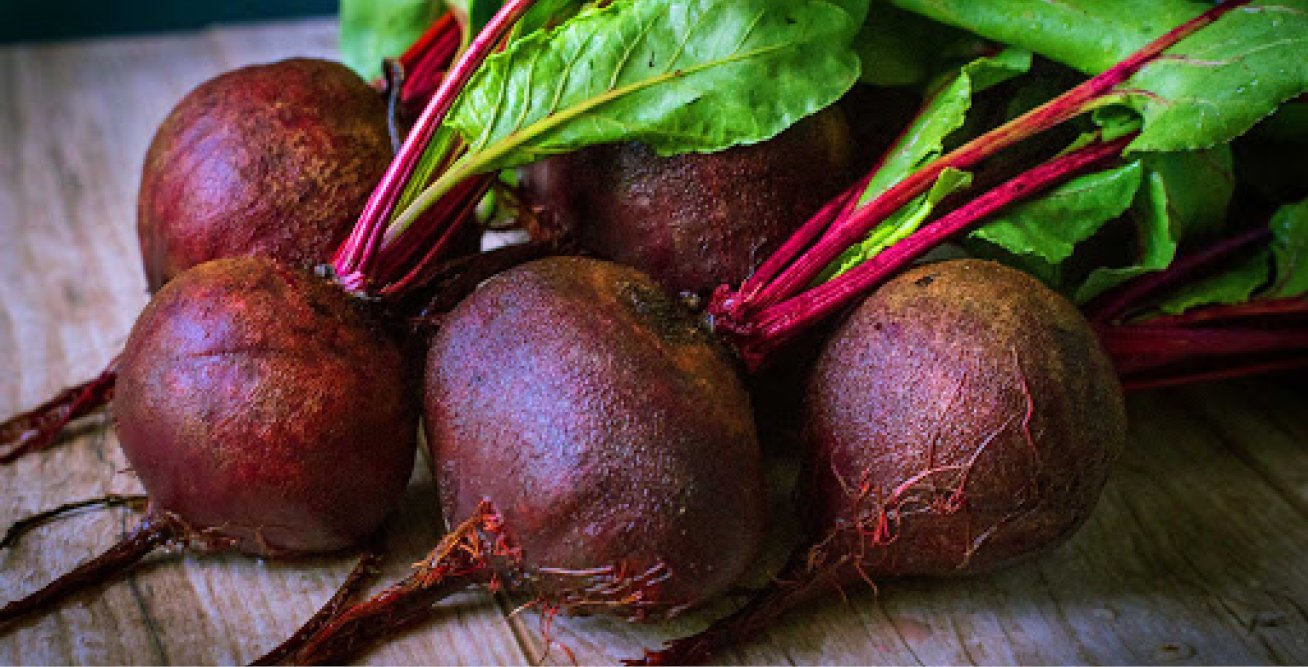
BEETROOT
Bulls Blood, Early Wonder
We grow beetroot all year round in your garden. You can usually tell when your beets are ready by the roots protruding above the soil. The best beets are about the same size as a tennis ball.
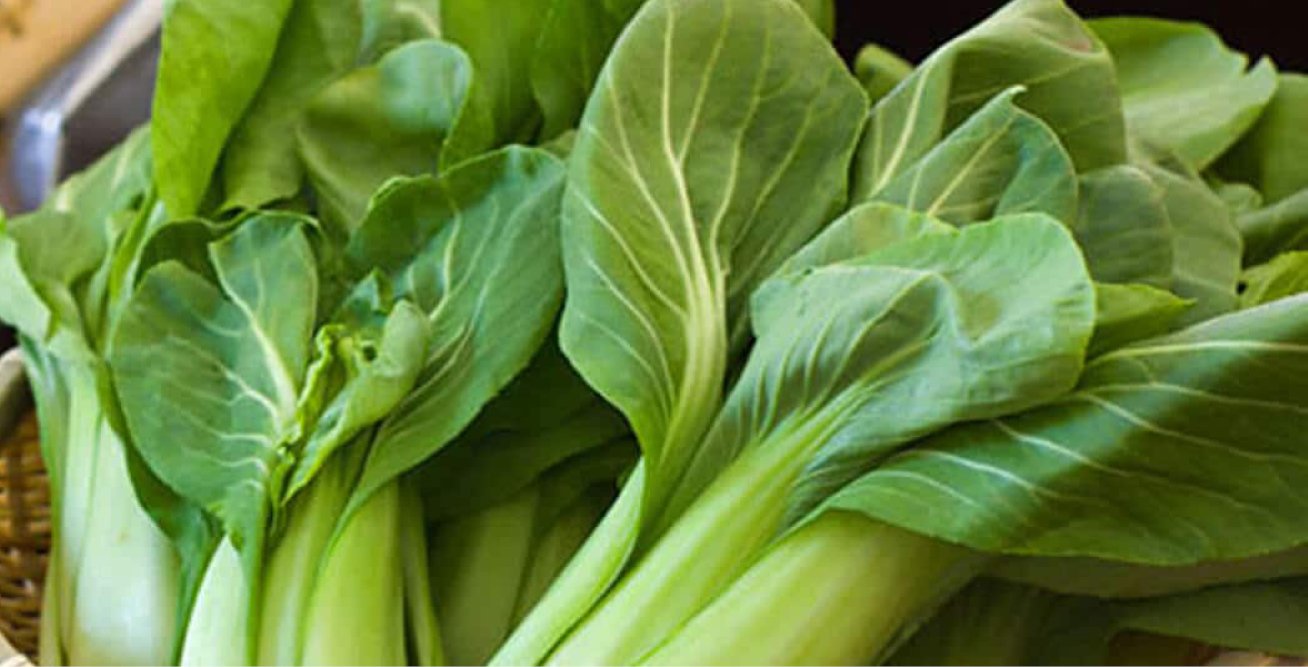
BOK CHOY
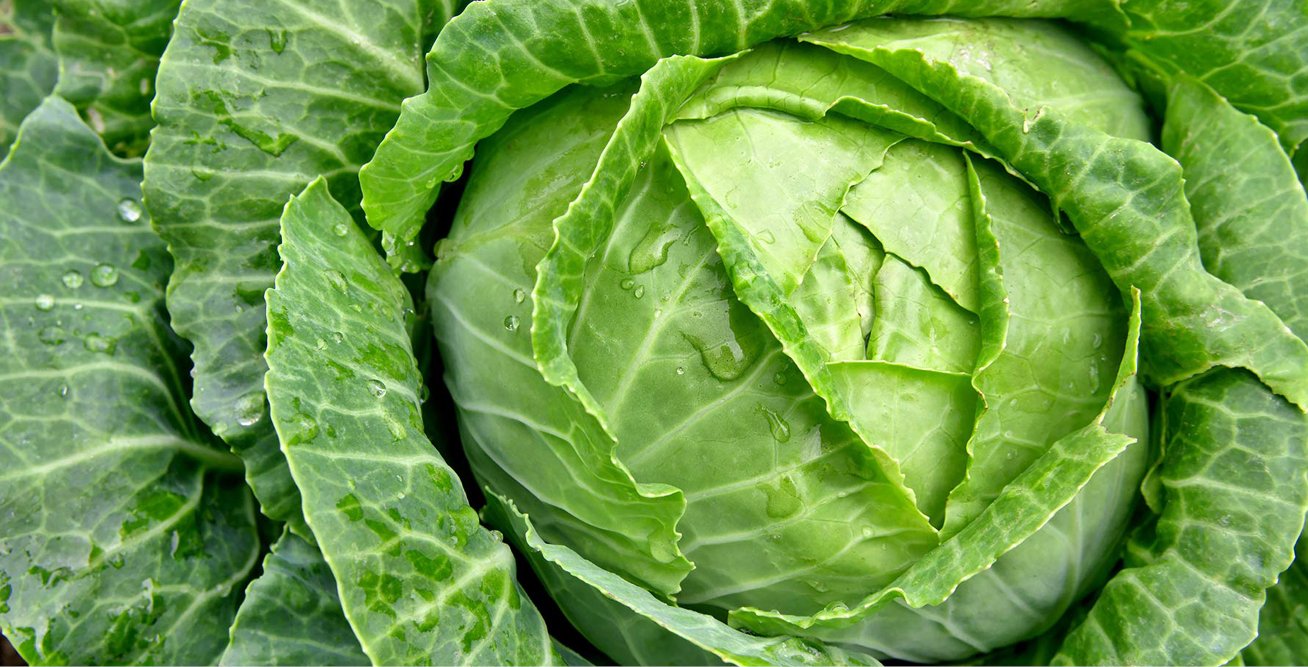
CABBAGE
Red Dutch, Savoy, Tatsoi, Wong Bok
Cabbage is another of our winter favourites. Harvest the heads when you think they are big enough. They should be at least 15cm wide before you cut them.
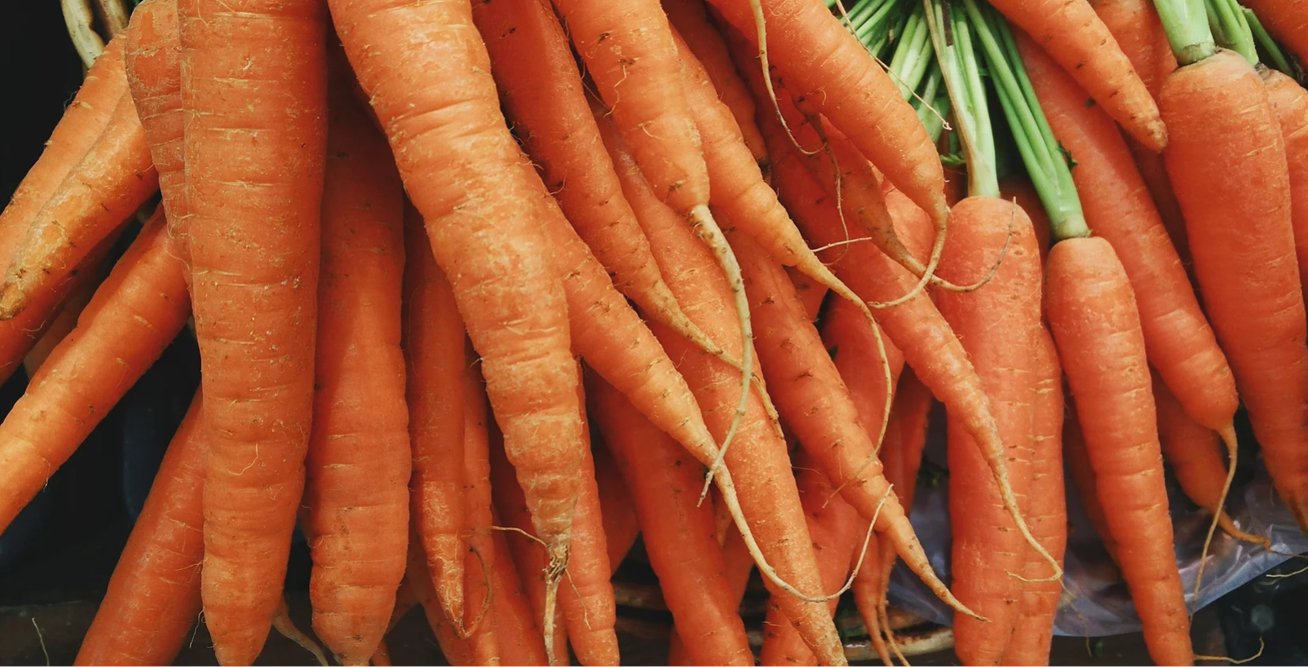
CARROTS
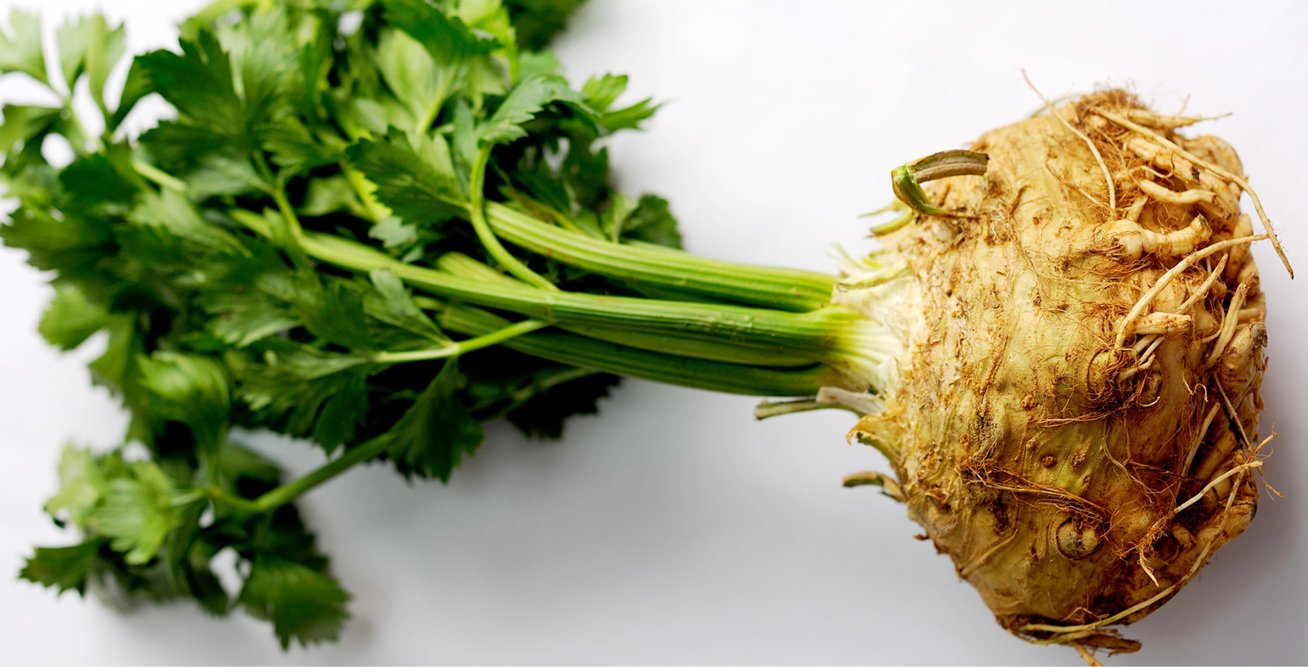
CELERIAC
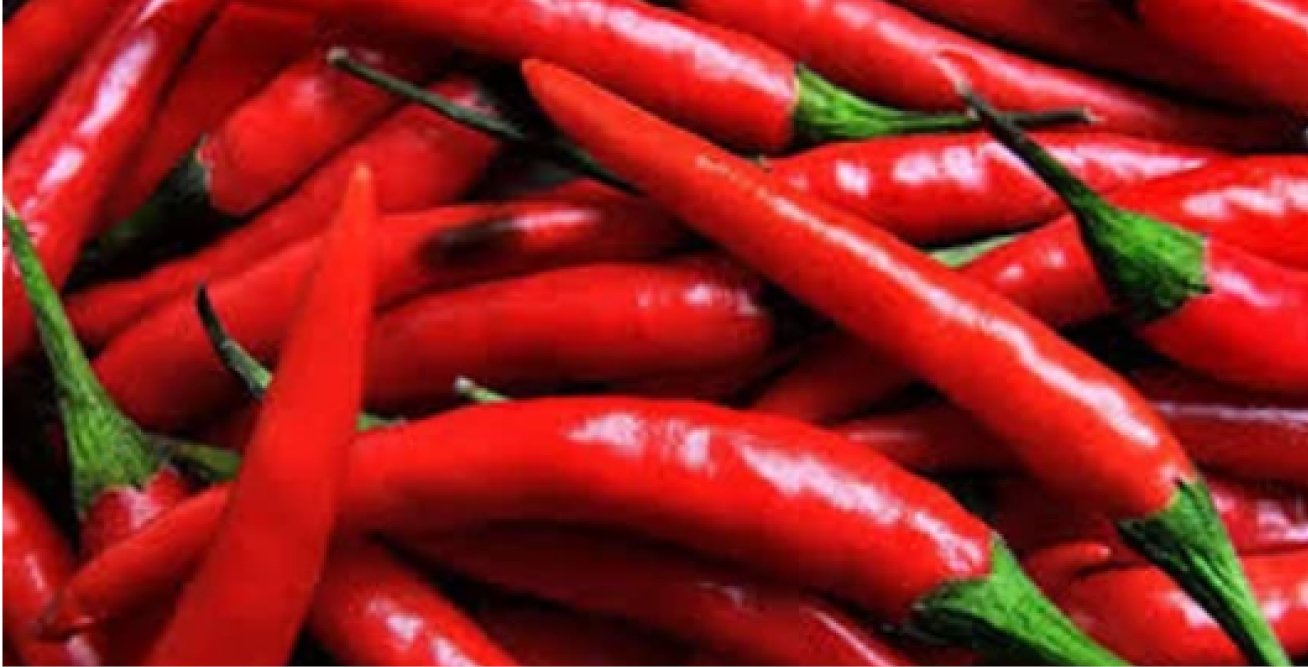
CHILLIES
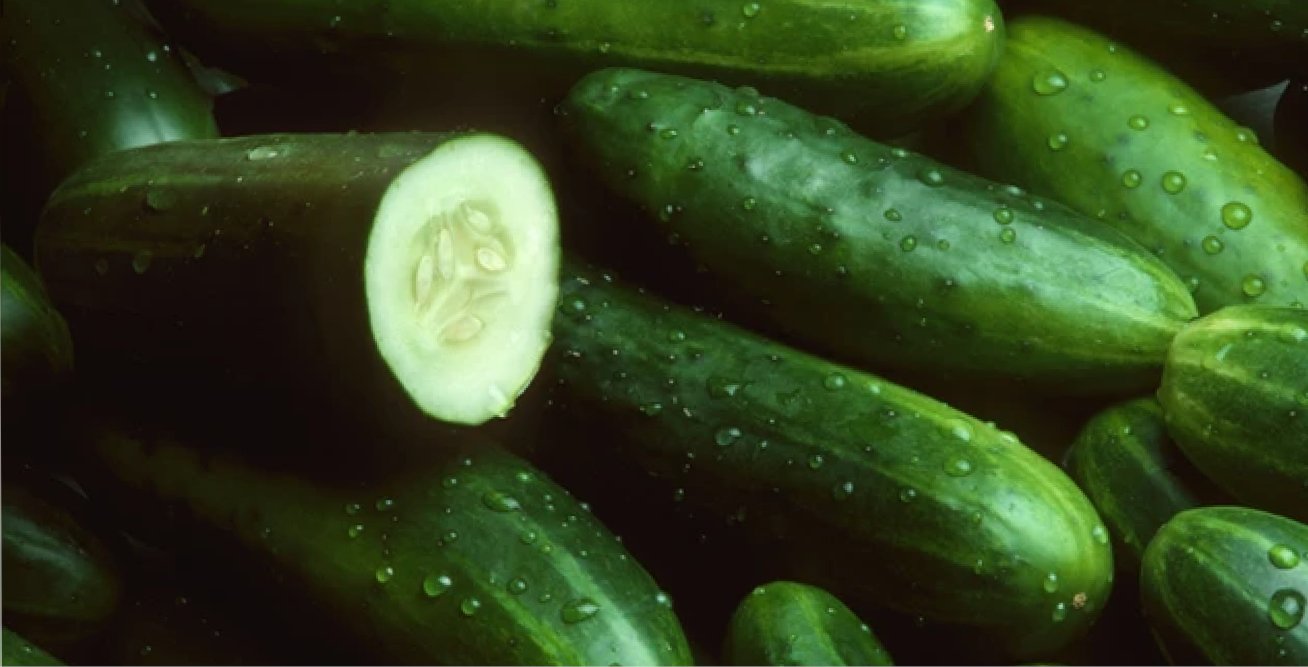
CUCUMBERS
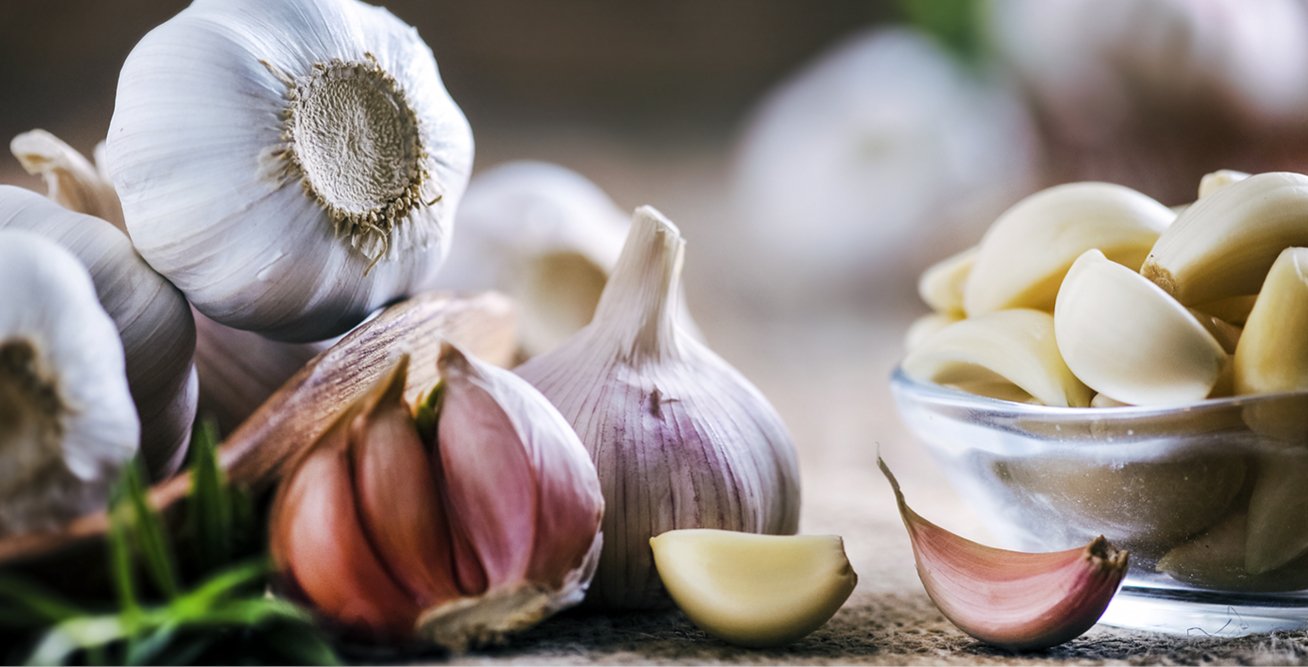
GARLIC
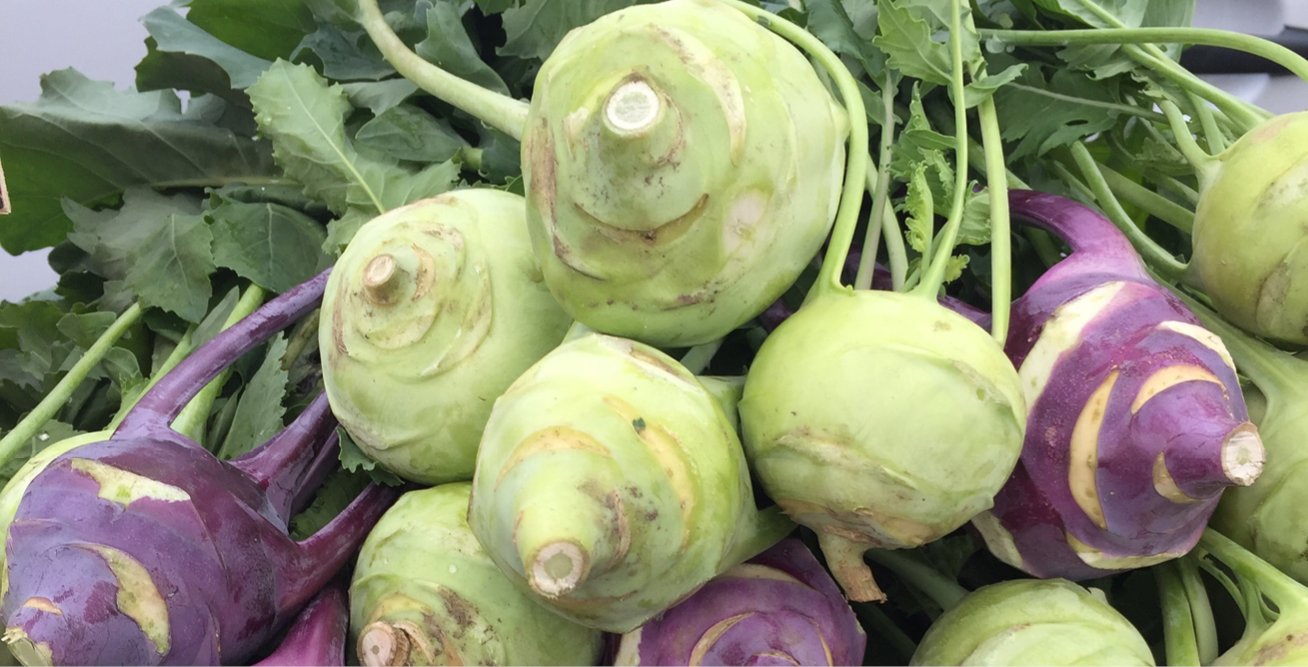
LETTUCE
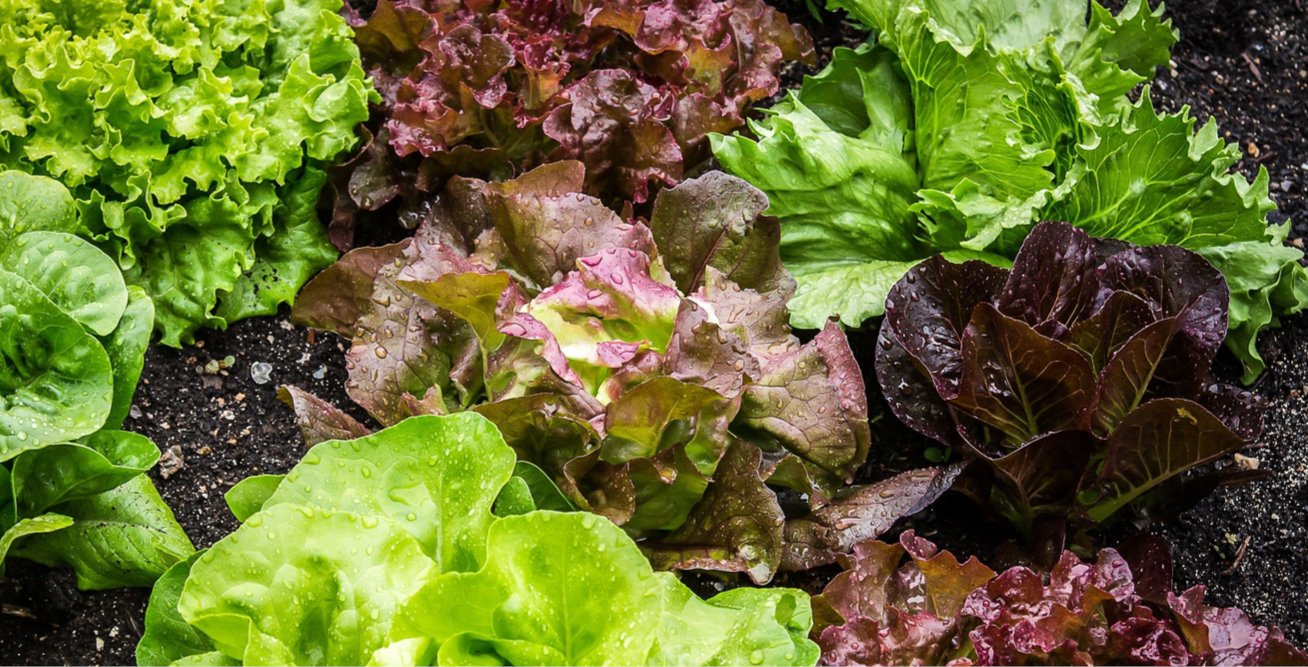
PAK CHOY
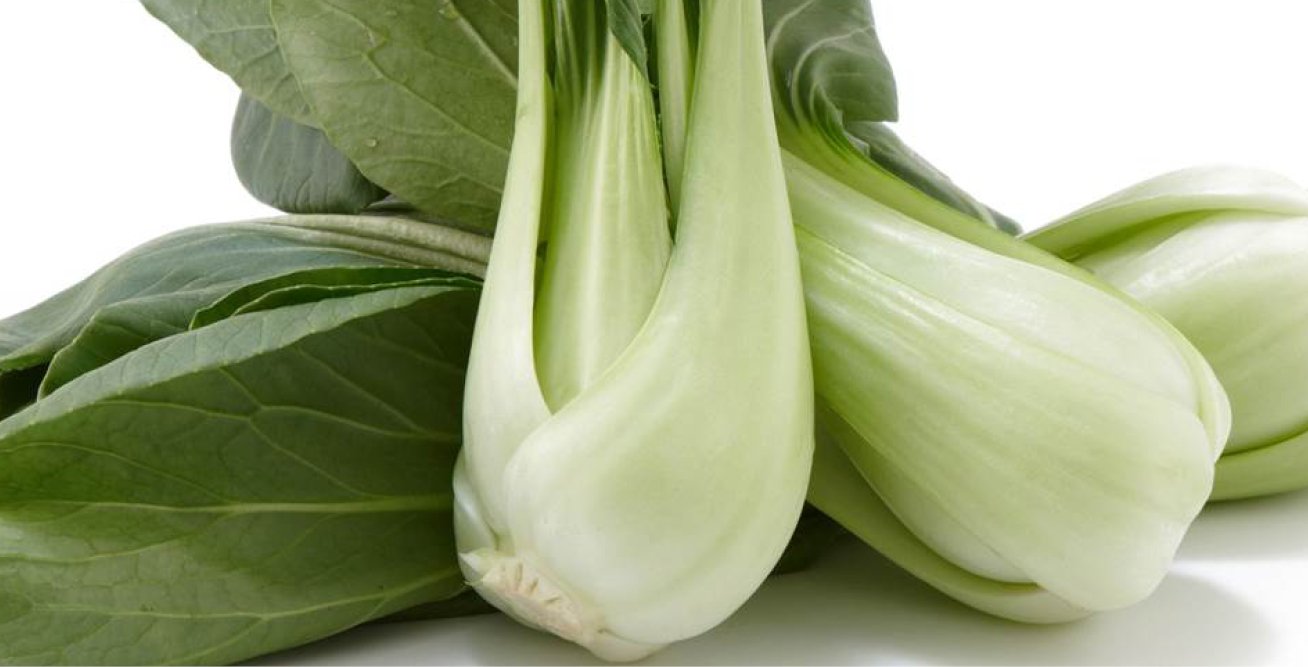
PEAS
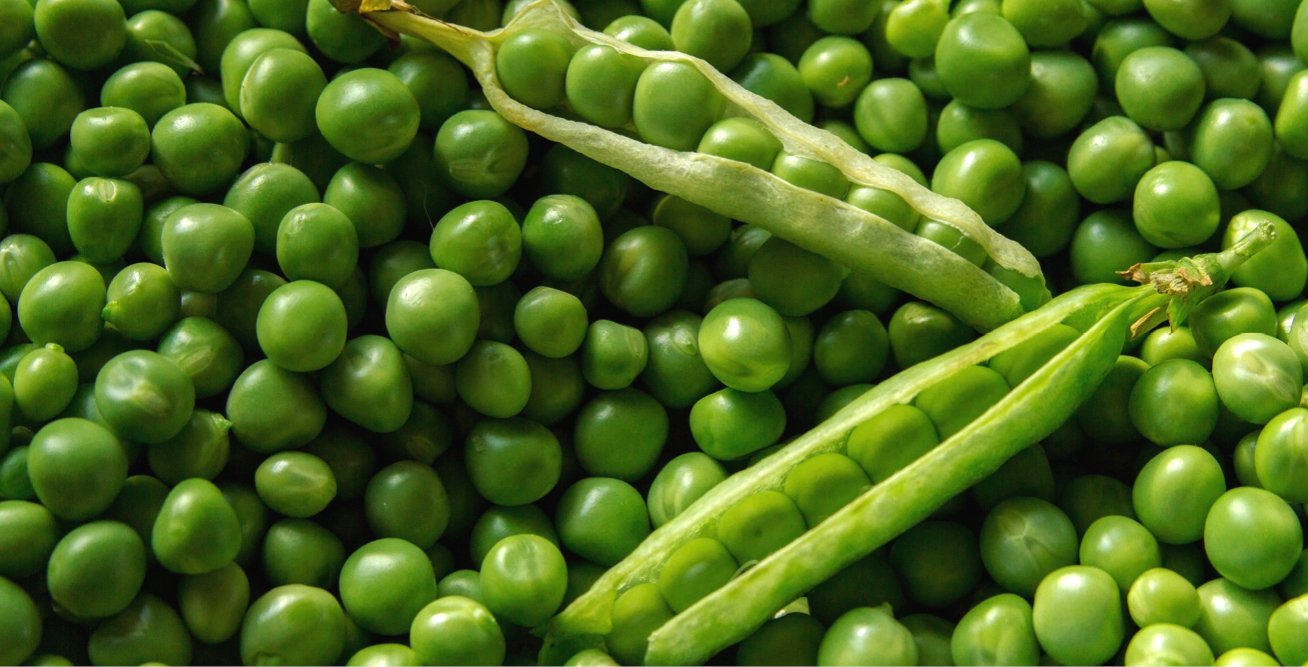
KOHLRABI
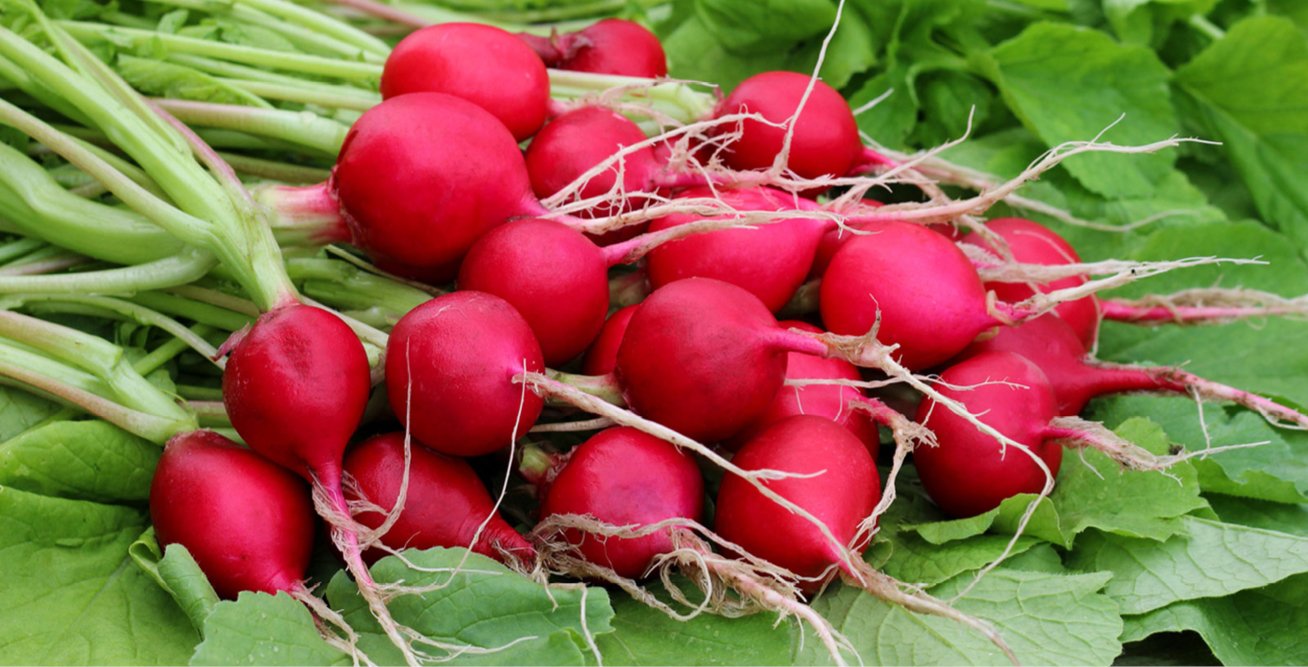
SNOW PEAS
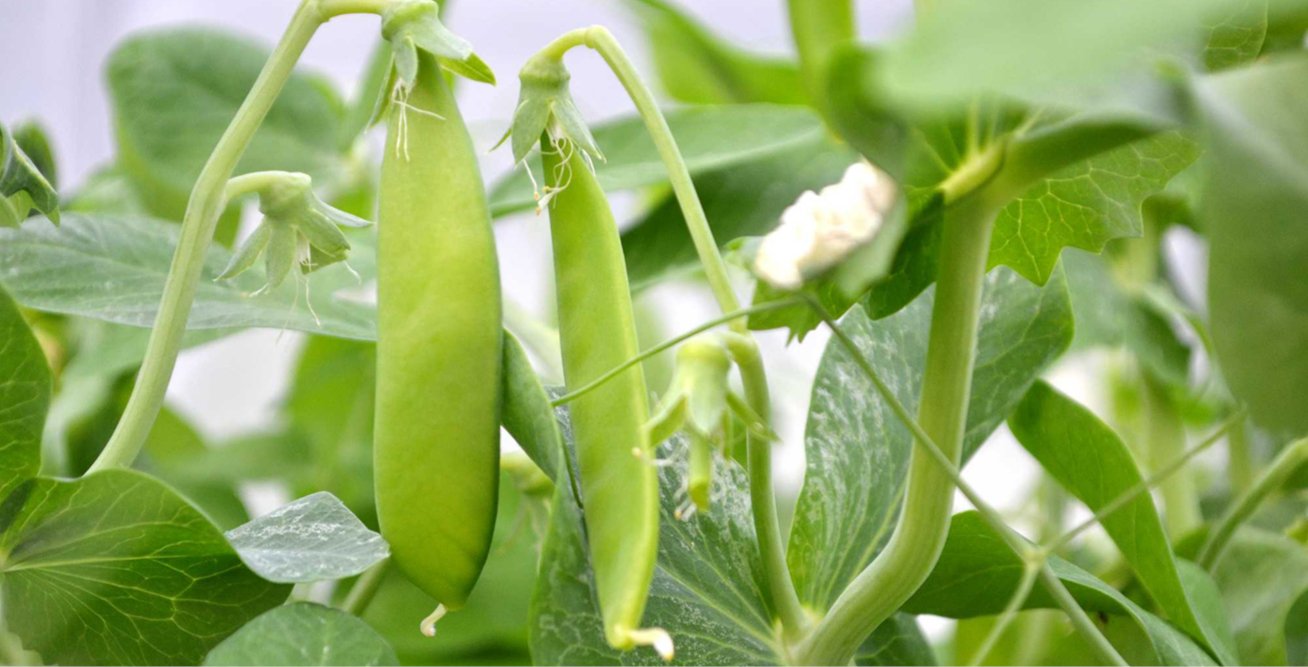
SPRING ONIONS
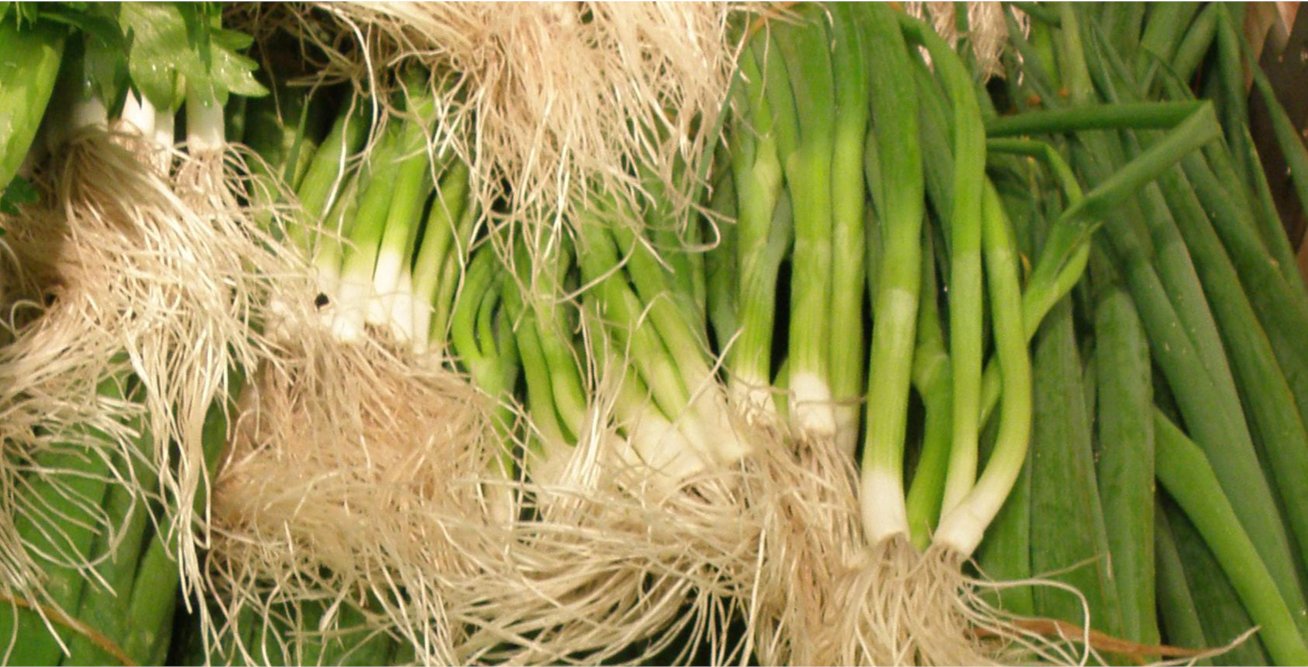
RADISH
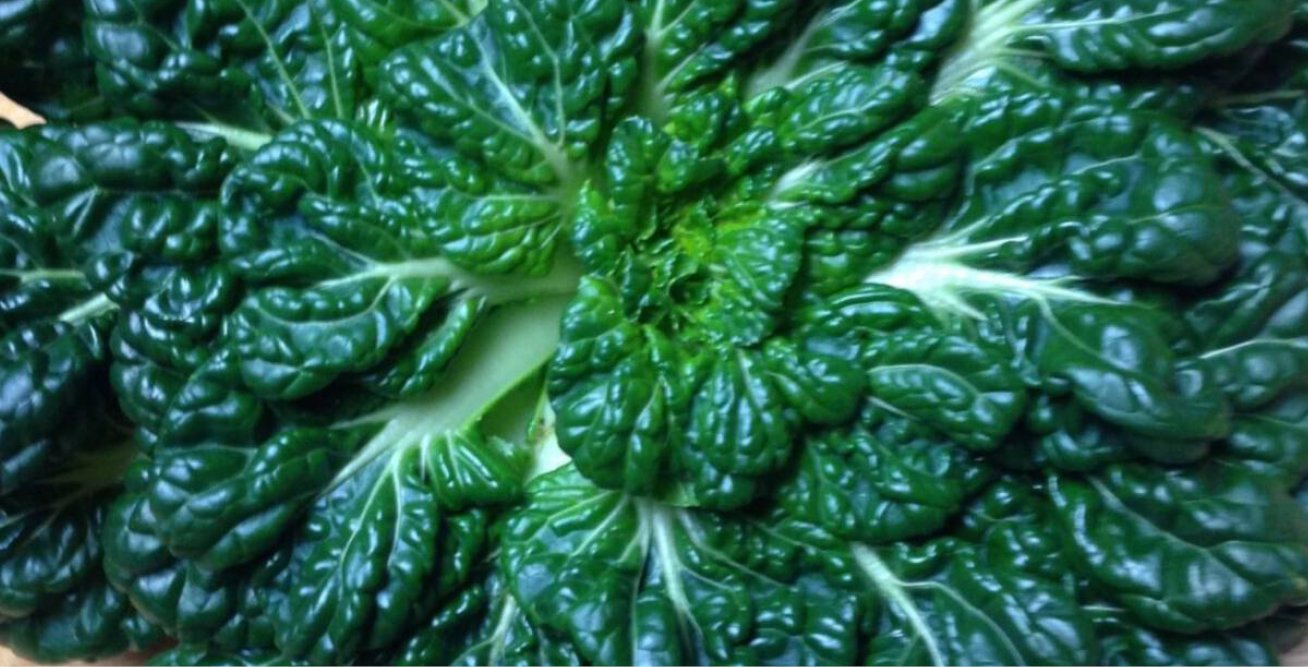
TATSOI
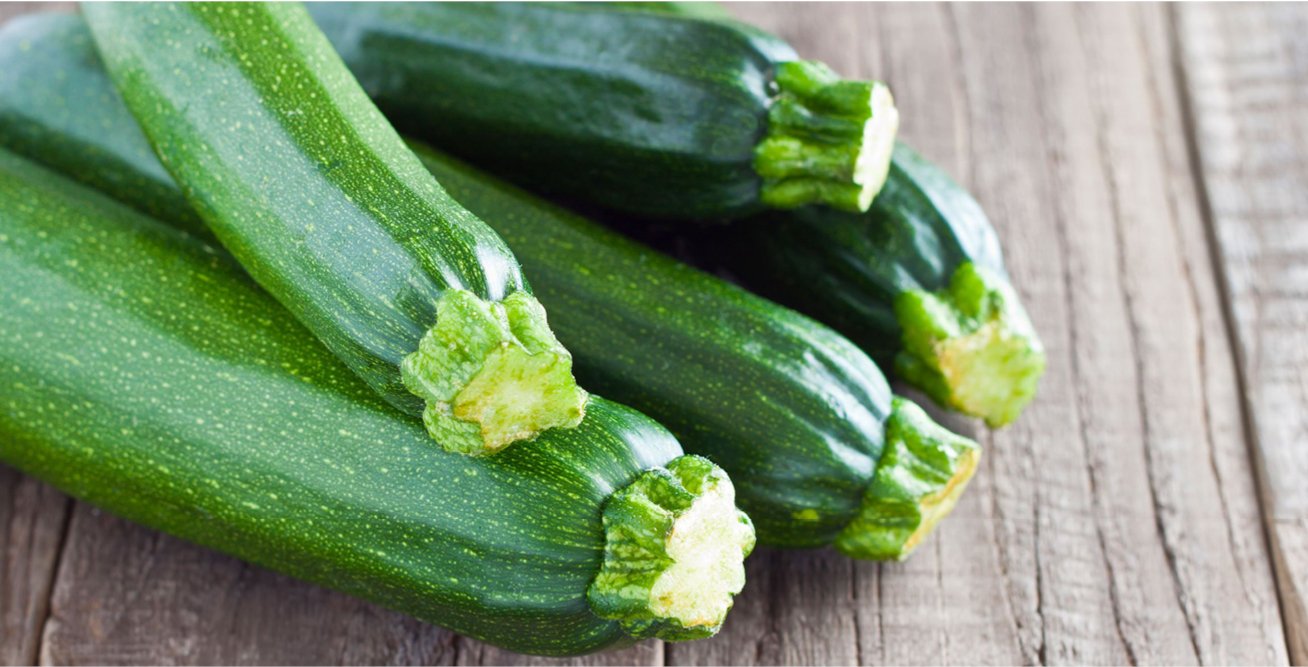
ZUCCHINI
